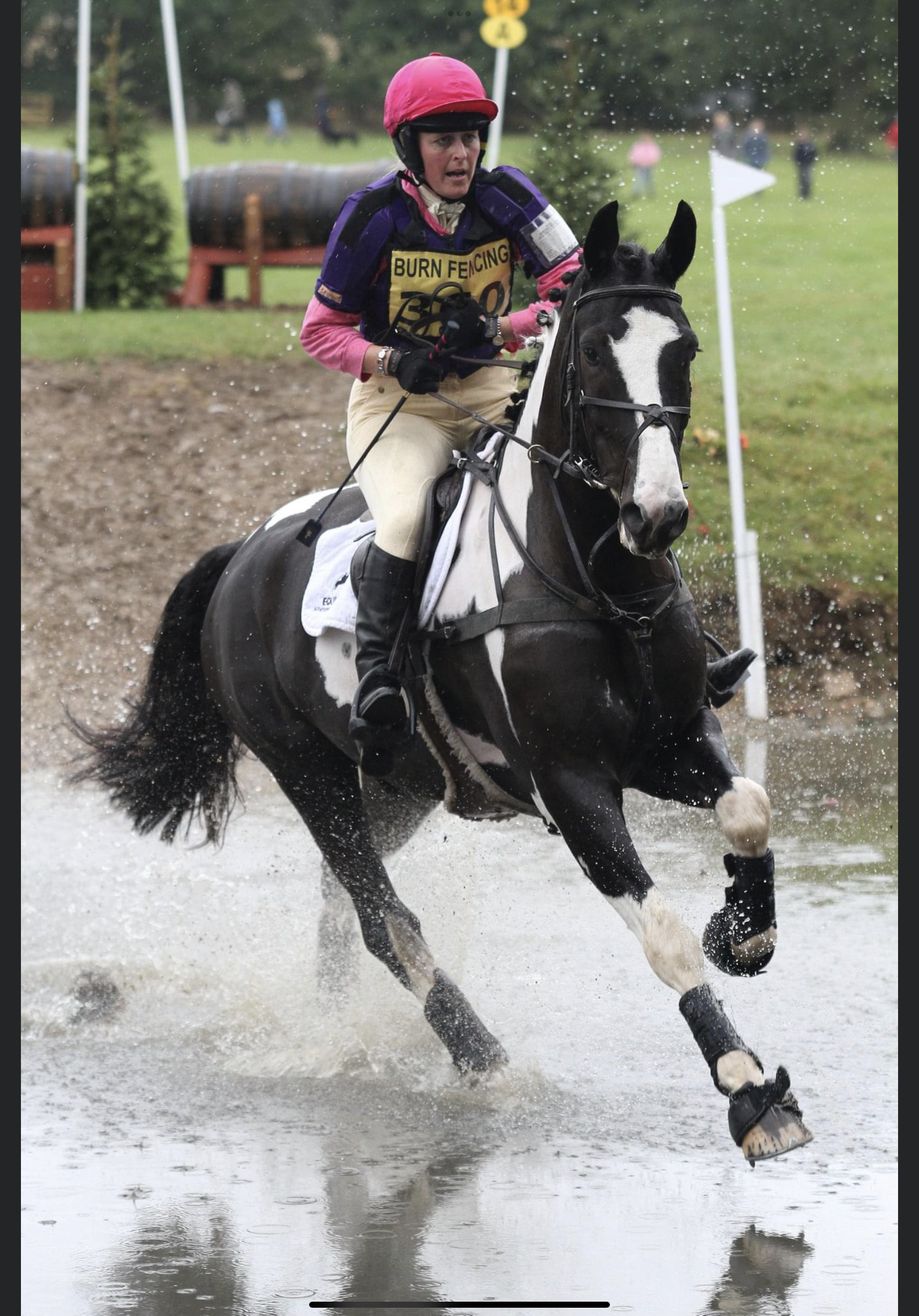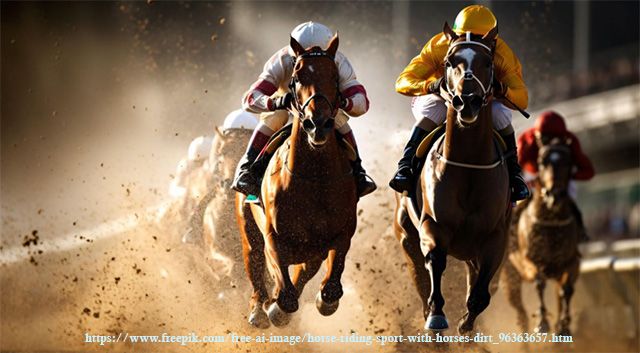Hurworth Hunt Christmas Newcomers’ Day
Tuesday 30 December 2025
Entries close in 2 days

12 upcoming events
Next event:
30/12/2025 Arena Eventing Clinic
Find out more ..

Virtual horse racing is a digital simulation of real-world horse races.
Instead of live animals competing on a physical track, the races are generated by software that uses preset parameters, random number generators (RNG), and statistical models to simulate realistic outcomes.
These races unfold in real time and often include graphics, commentary, and race data that mirror the look and feel of actual horse racing events.
Unlike traditional horse racing, which is subject to weather delays, travel logistics, and seasonal schedules, virtual horse racing is convenient and accessible. Races can run every few minutes, twenty-four hours a day, across multiple platforms.
This constant availability makes it appealing to casual fans and seasoned followers who want quick access to the sport without having to wait for the next scheduled event.
While it may seem like a stripped-down version of the real thing, virtual racing carries its own unique level of complexity.
Virtual horse racing may look like pure luck, but it’s built on structured systems designed to mimic the mechanics of real-world racing. Every race is propelled by data-driven programming and a calculated dose of chance.
This refers to a horse’s simulated physical traits and how they influence its chances of winning.
Track Record - Each horse is assigned a fictional history, including past race results, performance patterns, and virtual conditioning.
Built-In Stats – Developers model attributes like age, breed, and race-day conditions. Race-day conditions, like the weather and surface type, affect the horse’s odds of winning.
Element of Chance – RNGs are in place to ensure that races remain unpredictable. Even the “favorites” aren’t guaranteed a win.
This is how the system calculates a horse’s chance of winning and expresses it through odds.
Algorithmic Evaluation – The horse’s profile is run through data models that determine probability, which is then translated into displayed odds.
Betting Behavior – On many platforms, odds can shift depending on how much attention a horse gets from bettors, mimicking real-world market reactions.
Live Adjustments – Some simulations update odds dynamically based on real-time activity or new simulated “insights,” giving races a sense of immediacy.
Though the horses aren’t real, the systems behind them work hard to make each race feel competitive, credible, and dynamic.
Virtual odds are not just randomly picked numbers. They are informed guesses generated by data, designed to reflect statistical likelihoods while still allowing for unpredictability.
This gives players a sense of realism, even in a simulated world, and ensures no race is ever a guaranteed outcome.
Virtual horse racing has found its stride with a new generation of players. Its charm isn’t just in the gallop—it’s in the speed, the simplicity, and the satisfaction of instant results.
Unlike traditional horse racing, which often involves hours of research and waiting, virtual racing delivers outcomes in minutes. You can hop in, place a wager, and watch a race all in the span of a coffee break.
One website on the rise in a similar industry is GameZone, which utilizes the capabilities of technology to deliver a wide range of unique casino-style table and card games for you to try out.
Today’s players are mobile, multitasking, and always online. Virtual horse racing doesn’t ask for a weekend—it fits into the gaps of your day. Whether you’re relaxing after work or passing time during your commute, virtual horse racing fits neatly into your day, with no planning or long waits required.
Even in digital form, virtual horse racing captures the thrill of watching your pick pull ahead, feeling the tension of a close finish, and reacting in real time as the final results appear. It replicates the thrill of the track without the travel or ticket, just pure adrenaline in pixel form.
Virtual horse racing offers a modern take on a classic sport. It keeps the core excitement of horse racing—the competition, the unpredictability, the energy—while making it more accessible and available anytime, anywhere.
Instead of replacing real-life racing, it complements it. It offers a handy alternative when live races aren’t available for long-term fans and provides an easy entry point to the excitement—no expert knowledge needed for newcomers.
The technology behind virtual racing continues to improve, and the future could bring even more immersive experiences, such as VR, enhanced realism, or new types of gameplay.
Virtual horse racing is about keeping the spirit of the sport alive, just delivered in a faster, more flexible format that fits today’s lifestyle.
It also opens the doors for broader participation. You don’t need to be near a racetrack, understand pedigrees, or follow horse stats religiously.
Whether you're watching casually or placing small bets for fun, virtual racing lowers the barrier to entry, welcoming anyone curious about the sport in a digital-first world.